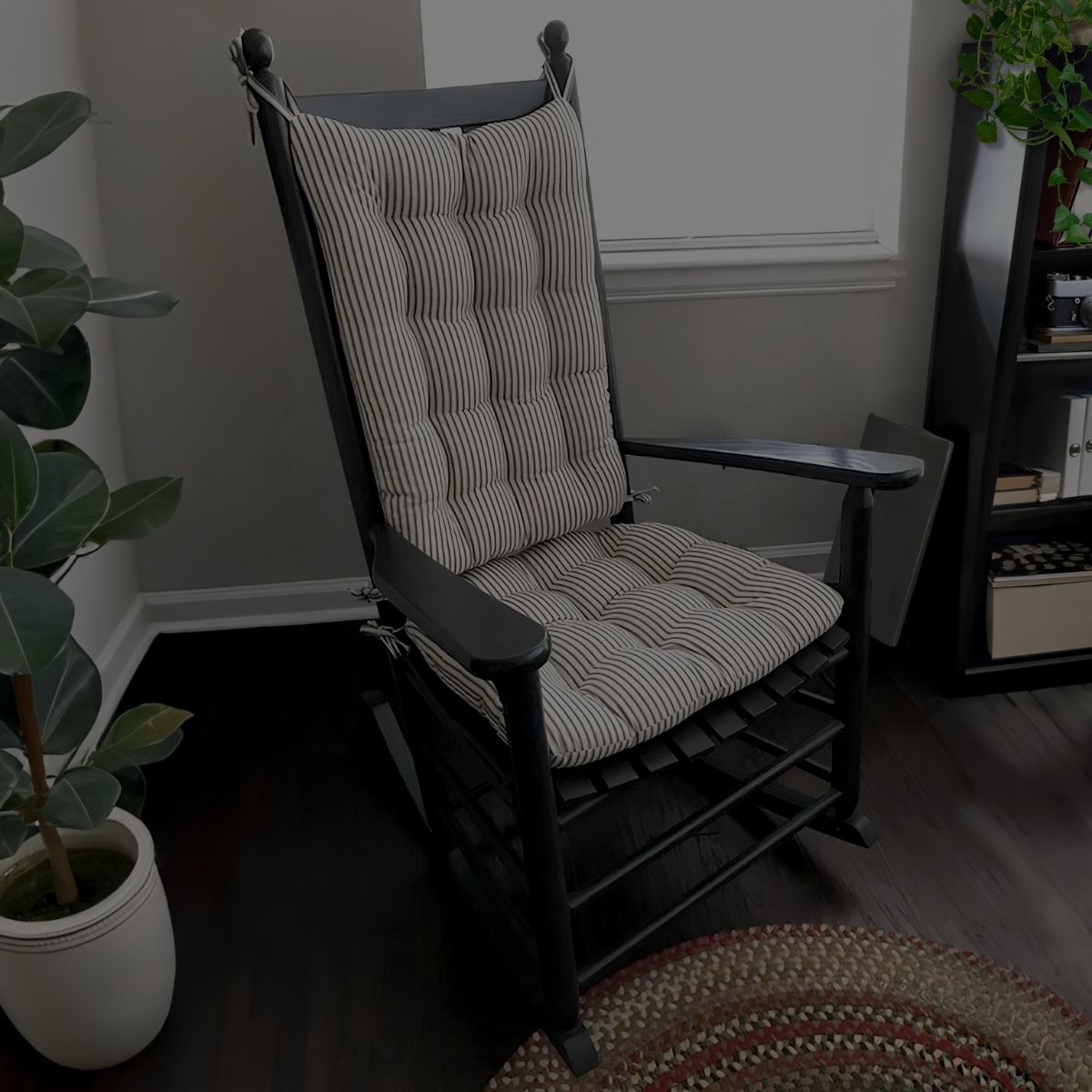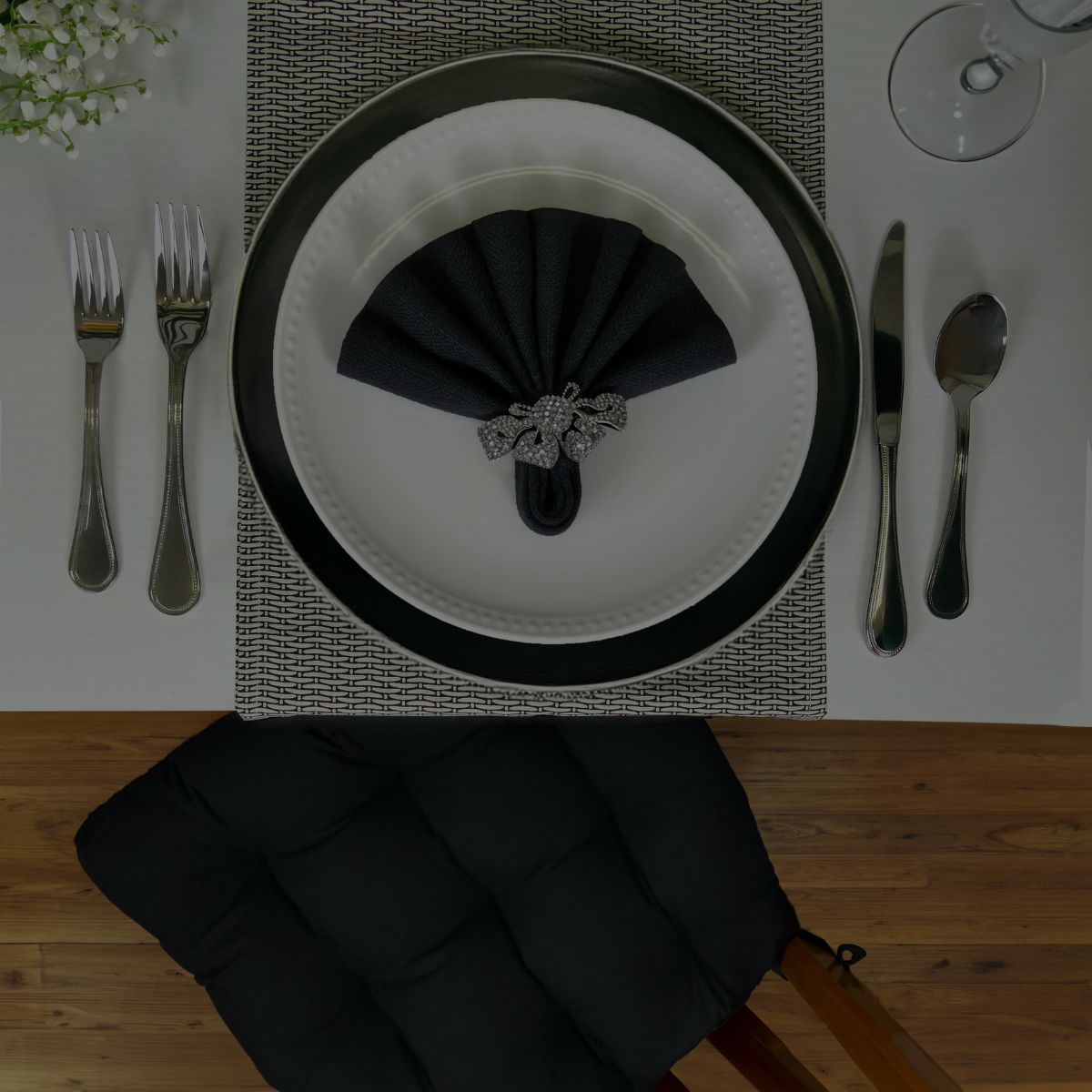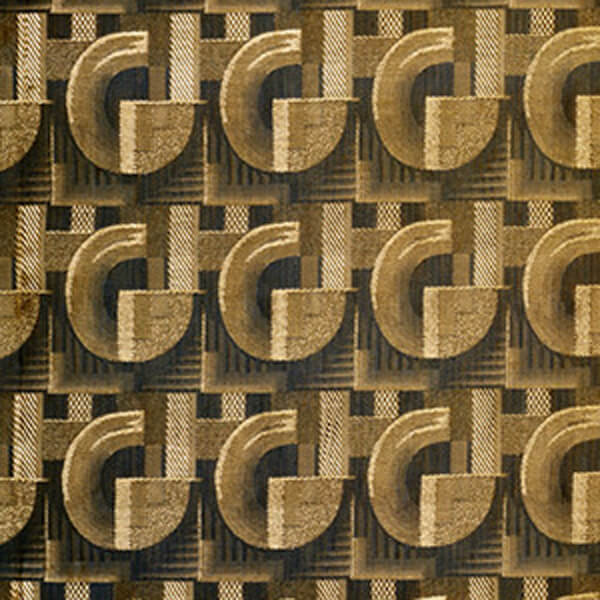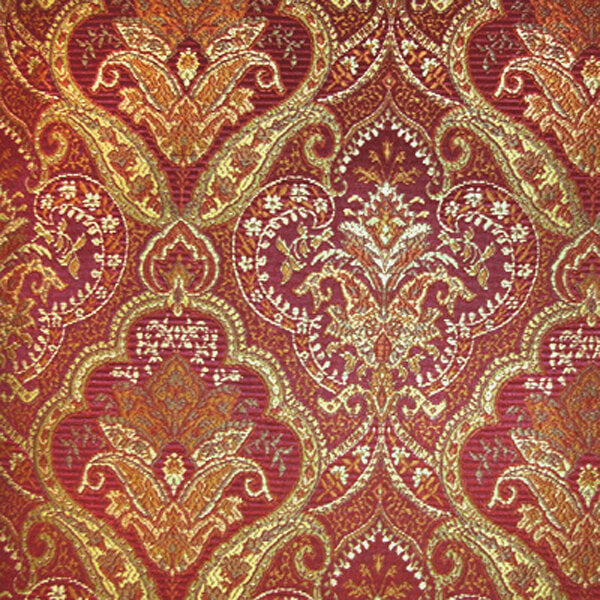Art Deco style was influenced by the progress of industrialization and automation and frequently features symmetrical and geometric motifs, in contrast to the organic subjects popular in Art Nouveau.
Believed to have been named after the 1925 International Exposition of Modern Decorative and Industrial Arts, the Art Deco style succeeded the Art Nouveau style, evolving through the 1920’s and continuing to dominate in the 1930’s-1940’s.
When depicted in Art Deco style, human figures are frequently rendered in a style bearing recognizable influence of the cubist art movement. The materials of the early Art Deco movement featured exotic and expensive materials combined with fine craftsmanship.
After the Great Depression, Art Deco moved into less costly materials such as steel and plastic but retained the same modern sense of design. An excellent example of Art Deco in architecture is the Empire State Building.
It is considered one of the first international style movements. Eventually, it gave way to the less adorned style of modernism.








